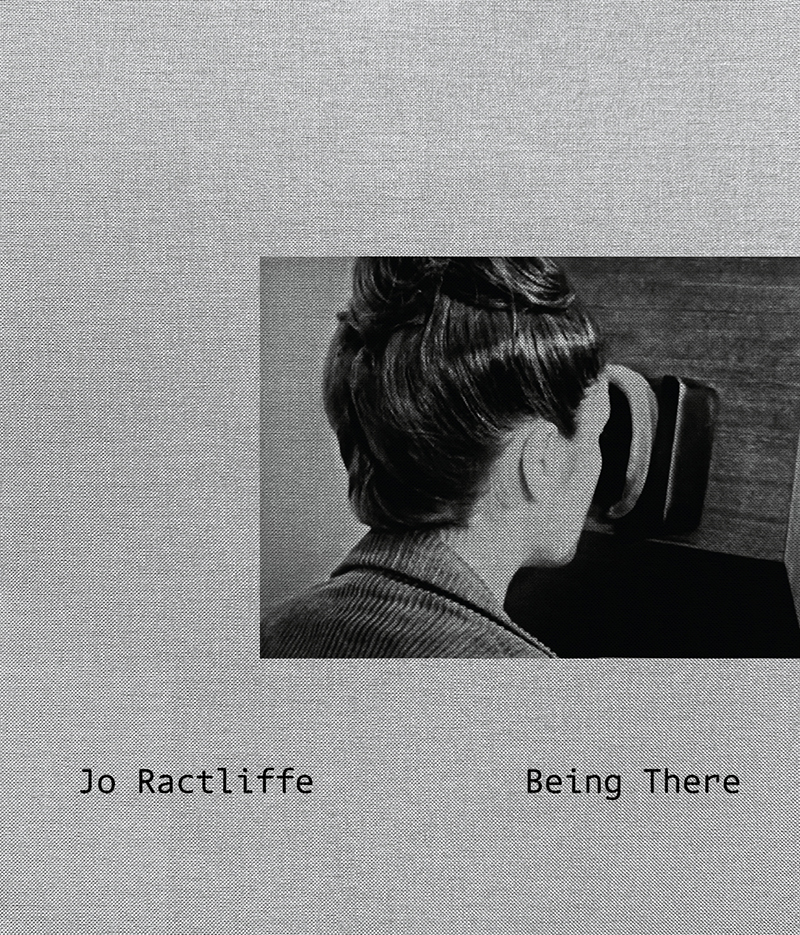
Jo Ractliffe
Being There
Jo Ractliffe writes:
Being There emerged as a query during a conversation with art historian Daniela Montelongo in 2019. The question was how to photograph when one cannot be ‘in place’. Then I was thinking about the constraints of physical disability, but with the outbreak of the Covid-19 pandemic and attendant periods of lockdown, this question took on a different inflection. Like so many people everywhere, my experience of local and international events and my interactions with family, friends, colleagues and students have been mediated by a screen. How then to work photographically when at such a remove from a direct embodied encounter? How to bear witness and speak to desire, loss, horror or violence?
I have become a thief. This is not entirely new; there have been instances, all the way back to the 1980s even, where, watching a movie, I have paused the frame, got out my camera and taken a photograph – a peculiar compulsion. What’s different here is that almost the entire body of work has its source in documentary and fiction films. Not ‘screengrabs’ or images downloaded from the internet; rather, my camera is set up in front of the screen and I watch and pause and photograph. It’s been quite a strange process: actual photographing but interacting with a virtual world of someone else’s making. And to see what happens when an image is detached from its referent, loses its originating intention and is put into a different configuration. The screen is my portal; I can be anywhere and in any time. Fiction and documentary all mixed up. A world turned inside out.
Filmmaker credits range from Albert Band’s I Bury the Living (1958) to Wim Wenders’ Pina (2011), text references from Albert Camus’ The Plague (1947) to Kurt Vonnegut’s Slaughterhouse-Five (1969).
Printed in duotone with linen cover and Swiss binding, this photobook is available in an edition of 300 copies.
Published by Stevenson | 2022
Hardcover, 72 pages | ISBN 978-0-620-98465-2 | Unavailable

